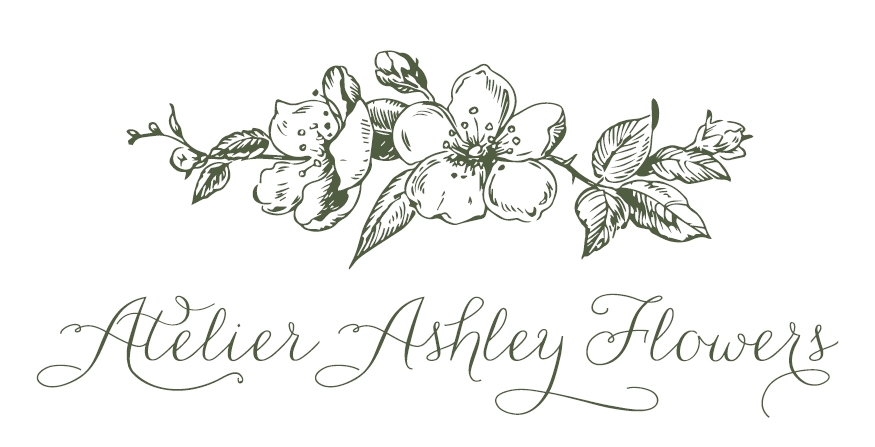Loccaly Grown Virginian Orchids
Orchid plants are a favorite gift for anyone who wants to send something long lasting, and these are among the best. Repeatedly clients tell us that these are better then any other orchid. Superior in size, blooms and longevity these orchids are lovingly grown by a second generation family business in Barboursville, VA and brought fresh to our studio every Tuesday.
Order here directly, or click on “Order Flowers” to add any special instructions.
Orchid Care and Handeling
About Phalaenopsis
Modern Phalaenopsis (Phals) are hybrids of orchid species native to the Philippines and South East Asia. The standard varieties bloom in winter and spring. Individual flowers can last at least a month and mature plants are often in bloom for several months each year. Phals make excellent house plants. They enjoy normal room temperatures and they do not require bright light. They do very well under the same conditions as African violets. Blooming plants may be placed anywhere you like in the house. Be aware, however, that the more light they have while blooming the faster the blooms will fade.
Care Requirements Phals should be watered when dry. The time interval may vary depending on conditions in the home, however, once a week is customary. Nonblooming phals can tolerate drought and, in fact, benefit from periods of drying out. Blooming plants need a bit more constant moisture in order to maintain buds and blooms. Keeping plants too wet will result in rot and death.
Fertilize non-blooming plants with a balanced household fertilizer about once a month. We use Peters 20-20-20 at one tsp per gallon. Blooming plants do not need to be fertilized and in fact, blooms will last longer if you do not fertilize.
Pruning and Initiating Bloom Spikes
The bloom spike on a Phal is a part of the plant which is grown anew annually. When all of the blooms have fallen off a bloom spike, you may cut it off (within an inch of the plant). This gives the plant a chance to grow new leaves and roots which will assure a strong new bloom spike growth the following season. It is sometimes possible to prune the spike back a third or half way in order to encourage more blooms from the same spike. This practice will give you a few extra blooms, but will detract from the strength of the next year’s spike.
Phals require a 20 degree drop in temperature at night for about a two week period in order to initiate bloom spikes. Sometimes this happens in your house without your awareness. However, most home growers need to change the location of their plants (either outside or inside) so that this temperature change can be accomplished. Be careful to protect your plant from direct sun and freezing temperatures should you decide to put it outside.
Re-Potting
Phals should be re-potted every year after they finish blooming. Repotting is most effective in the spring, giving the plant a good season for root growth. Phals can be potted in sphagnum moss, large grade fir bark or a mixture of peat moss and perlite called Pro-Mix. Whatever you choose for potting will then determine your watering habits as the various mediums dry at different rates. The same is true for clay pots vs. plastic pots. Put at least one inch of Styrofoam peanuts or gravel in the bottom of the pot and then lightly sift the mix or wrap the moss around the roots until the pot is full. Do not pack the mix! Be careful to keep the crown of the plant above the medium. Water the plant thoroughly and add a little extra mix if the base of the plant is exposed.
Pests
Phals have few problems with pests when grown as a houseplant. Saffer’s Insecticidal Soap is very effective with aphids and mealy bug can be removed with 70% alcohol.
Care and handeling credit: The Orchid Station
